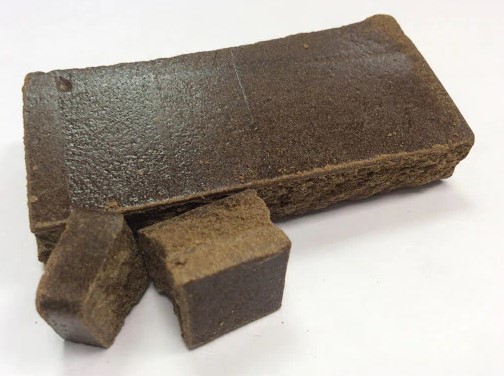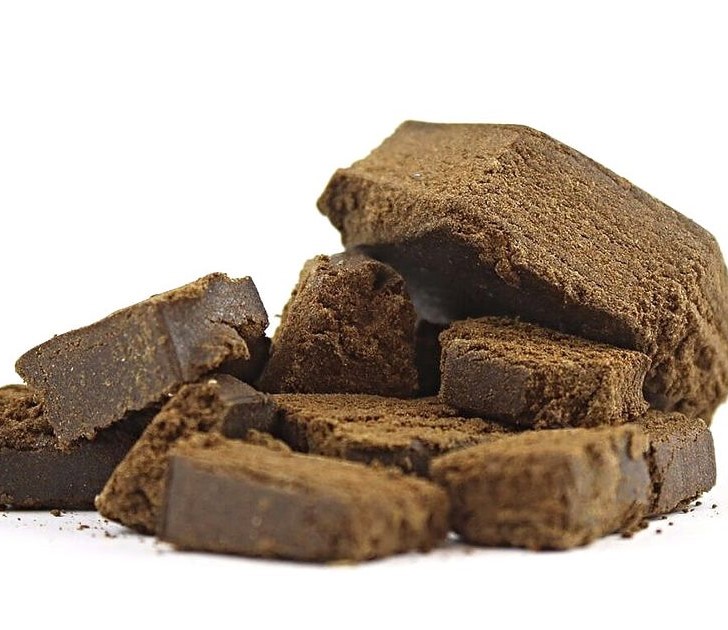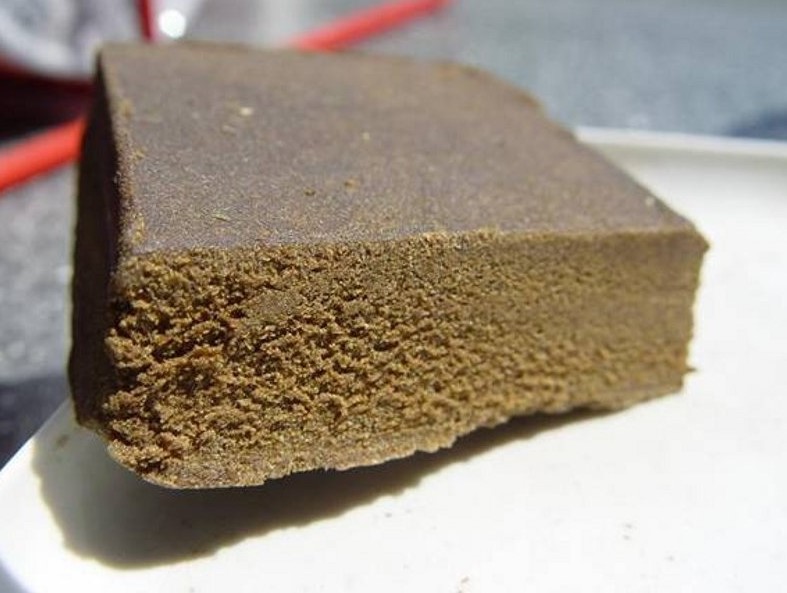Despite the fact that Moroccan hash is well-known throughout Europe as a long-standing, traditional drug, it is relatively new. While Moroccan hashish culture is quite young when compared to other cannabis concentrate-producing nations, it is ancient when compared to non-concentrate producing countries. Cannabis cultivation has a long history in regions like the Middle East and Central Asia, but dry sieving technology from Lebanon and Afghanistan was unknown in Northern Africa until the second half of the 20th century, when Western visitors from Europe’s “Hippy Hashish Trail” introduced it.
Cannabis, hashish, opium, and other drugs had previously been produced in these countries and were popular among tourists. To see the freedoms that may be found in certain areas of the world today, these visitors traveled to nations where cannabis, hashish, opium, and other narcotics had previously been produced. Lebanon was a destination on this fascinating and exotic journey that included Turkey Pakistan India – and Nepal. According to some accounts, these nomads were once trained in ancient methods for dry sift production that were then advanced. Some of these people relocated to Morocco shortly after and taught the locals how to remove cannabis from plants and transport it across borders.

Cannabis has been utilized in Morocco for thousands of years, starting in the 7th century AD and continuing to the 11th century AD, when Arab conquerors carried it with them during the 7th to 11th centuries AD. Hashish wasn’t developed in this area until Westerners from Asia and the Middle East taught Moroccans how to separate marijuana plants. Moroccan people have been smoking sebsi pipes to smoke kief, a combination of dried and ground herbs very similar to tobacco and marijuana, since ancient times. Hashish was also accessible in small amounts; nevertheless, it was generally Lebanese or Argelian hash, which was occasionally available in tiny amounts.
It’s not unusual for Moroccan farmers to employ dry sieving rather than other methods like charas or hand rubbing, which are more common in humid climates such as Nepal, Kashmir, or Northern India. Cannabis farming was soon thereafter relocated to the mountainous province of Rif, northeast of Morocco, where farmers and producers were free to cultivate without fear of being persecuted by authorities. Locals were also educated in essential production and export processes, allowing Morocco to become the world’s first supplier of hashish for the European market and challenge Afghanistan as the leading producer.
Moroccan hashish traditional technique
Cannabis in Morocco was formerly short-medium in height with few side branches and a big primary stem. The climate was frequently severe, with poor soil, scorching heat, and limited irrigation. Most of the crops used to create hashish were completely sown, and many showed hermaphrodite (monoecious) characteristics. The roofs of the structures were frequently utilized to dry plants (a very aggressive drying technique still employed today by some farmers), and they weren’t washed before being sieved, resulting in low-quality resins with a lot of pollutants.
After the first few weeks, the mushrooms are ready to pick. The plant is placed in a container with some water and allowed to soak for around an hour before removing it from the pool. They’d lay them on top of a mesh screen after they were completely dry. After exposing the mushrooms to a high level of heat, they packed them in plastic and pounded on them until resin glands trapped at the bottom of the container released. Unbroken plants yielded more resin than ground matter, although the chance for contaminants to enter was greater.

Moroccan hash is also produced by hand-pressing fabric, after which it’s placed in cellophane bags and weighted (usually 250g per bag). They’d warm up the press plates ahead of time to make things go more smoothly – especially with lower grades – before applying a pressure of several tons and producing their well-known hashish bricks. It was also milled into tiny oval-shaped pellets called “acorns” or “eggs,” making it simpler to consume and slip through checkpoints unnoticed. Moroccan hash with various shapes and weights is now available, having been modified for smuggling purposes.
The most valuable stones, on the other hand, were typically overlooked in favor of locals and producers, while hashish from the Rif was carried overland through Morocco and Algeria to Spain via Spain as a route. Moroccan hashish has traditionally been consumed in Spain and the Netherlands, although it may be found in a variety of places across the world. However, as one travels eastward, the amount of Moroccan hash decreases until it is eventually overwhelmed by resins produced by different manufacturing locations such as Lebanon, Afghanistan, Pakistan, Nepal, or India.
Moroccan hashish today
Hashish has been produced in Morocco since the turn of the century, and it has gone through two revolutions. On the one hand, we have a full quantity of hashish made on a specific amount of land, as stated by UNODC. After feminized cannabis seeds became available, these may already be found in Rif crops. The farmers were able to produce much more resin in their fields because they only cultivated female plants at the same time that cannabis production was declining throughout Rif Morocco. The difference is that, at the same time, each year cannabis cultivation was declining throughout Rif Morocco.
Greater advantages, on the other hand, allowed farmers to improve their goods by adding wells, irrigation systems, nutrients for cannabis and new seeds. The technique used to make hashish was largely similar to that utilized in previous decades, but it wasn’t until a few years later that different resin extraction processes emerged; at about the same time as Spain’s cannabis social clubs were blossoming.
The recent changes in cannabis laws in Spain have had a major influence on marijuana cultivation and resin extraction techniques in Morocco. The needs of an increasingly picky public must be met by today’s producers, who include members from hundreds of Spanish cannabis social clubs. As a result, Black Domina, Amnesia Haze, and Critical Mass have been produced for years in the Rif region, whereas new hybrids like Nicole Kush or Barbara Bud are grown across several farms.
Moroccan hashish is now created using dry sieving (in some cases with imported, high-quality mesh), ice water hash, rosin hash, and BHO. Fresh sift, on the other hand, is one of Spain’s most well-known products. It’s clear that cannabis production in Morocco has changed dramatically in the last 15 years as a result of new strains and sifting techniques being introduced. We’re eager to see how it progresses!
